September 18, 2013
Telavi -->Davit Gareja (111km)
Davit Gareja --> Sighnaghi (99km)
Taxi and Tour with David Luashvili
Iza's House - 25 lari per person including breakfast, shared bath
At 9:30 am, David picked us up. It was a 2.5 hour drive to Davit Gareja Monastery. We drove back in the direction of Tbilisi over the forested pass before turning southeast, then south passing grazing cattle in the desert. We left the main road toward David Gareja. We still had 50 kilometers remaining.
We passed a man in horse buggy fashioned from a car body. David said, “Oh look there, a one-horsepower automobile.” He admitted it is his standard line. He sees the unusual horse cart almost every time he comes out here.
Davit Gareja is located in inhospitable mountainous semi-arid desert. The 15 monasteries in the complex consist of dozens and dozens of caves carved in the mountainsides. We pulled up in front and David visited with friends while we explored on our own. "Take as long as you like,” he said.
We climbed a steep 350 meters to the ridge from which we had a fantastic view into Azerbaijan on the other side.
.....
On the Georgia side, buttes and plains looked like folded taffy carved by an ever flowing river exposing the pallet of green, yellow and red hues in the prehistoric subterranean rock.
The dividing line of the ridge slumped to a flat expanse to Azerbaijan which was dotted with a lake here and a town there, a lot of open space.
We continued on a precarious narrow trail past the caves. Most were nothing more than empty spaces with little to remind us that monks had lived here. But several had partial religious frescoes left in them and few even on outside walls.
Some of the faded frescoes date as far back as the 8th century and the complexes’ hay day was between the 11th and 13th centuries.
The complex declined, monks were slaughtered and artworks pillaged (1615). The complex was abandoned and closed completely with the Bolshevik revolution (1921). In 1991, one lower monastery, located down of the ridge, was restored and reopened. That active monastery is not open to the public.
On the far end of the ridge stood a small chapel where two bored looking border guards, one from Azerbaijan and one from Georgia, kept their eyes on things.
Three hours after we started, we were back at the car and driving onward to the City of Love, Sighnaghi.
About 5 pm by the time David dropped us off at our guest house in Sighnaghi. Actually it was a home-stay. Maja, from Maja's Guest House, had recommended because she was full. It turned out to be a house located on the mountainside directly above Maja's with a much better view. The place is owned by an old lady who had a 40 year old son who drinks and a husband who is abusive. Our room was spacious and linen clean. There was a shared bathroom but no Wifi. We spent one night enjoying the fantastic view of the city wall, the old church and the Caucasus beyond the valley. For dinner, we walked into town and had great meal at Golden Lion (or Summer Restaurant). Eva too had reserved a room there, she decided to stay and write.
Monastery in the Desert
Wednesday, September 18, 2013
 Davit Gareja, Georgia
Davit Gareja, Georgia
Other Entries
-
127 Days in Tbilisi
Aug 1732 days prior Tbilisi, Georgiaphoto_camera59videocam 1comment 5
Tbilisi, Georgiaphoto_camera59videocam 1comment 5 -
2Telavi or Tel Aviv?
Sep 099 days prior Telavi, Georgiaphoto_camera12videocam 0comment 3
Telavi, Georgiaphoto_camera12videocam 0comment 3 -
3Long and Windy Road to Tusheti
Sep 117 days prior Omalo, Georgiaphoto_camera27videocam 3comment 9
Omalo, Georgiaphoto_camera27videocam 3comment 9 -
4Tusheti: Dartlo, Chesho & Kvavlo
Sep 135 days prior Dartlo, Georgiaphoto_camera46videocam 4comment 9
Dartlo, Georgiaphoto_camera46videocam 4comment 9 -
5Cradle of Wine Making
Sep 162 days prior Telavi, Georgiaphoto_camera48videocam 2comment 8
Telavi, Georgiaphoto_camera48videocam 2comment 8 -
6Monastery in the Desert
Sep 18 Davit Gareja, Georgiaphoto_camera27videocam 1comment 3
Davit Gareja, Georgiaphoto_camera27videocam 1comment 3 -
7City of Love
Sep 191 day later Sighnaghi, Georgiaphoto_camera9videocam 0comment 1
Sighnaghi, Georgiaphoto_camera9videocam 0comment 1 -
8Booking a Russian MI-171 Helicopter
Sep 202 days later Tbilisi, Georgiaphoto_camera4videocam 0comment 1
Tbilisi, Georgiaphoto_camera4videocam 0comment 1 -
9Choppers, Honeymooners, & Glaciers
Sep 279 days later Mestia, Georgiaphoto_camera55videocam 1comment 10
Mestia, Georgiaphoto_camera55videocam 1comment 10 -
10Shooting Roots in Tbilisi
Dec 0982 days later Tbilisi, Georgiaphoto_camera22videocam 0comment 0
Tbilisi, Georgiaphoto_camera22videocam 0comment 0

 Davit Gareja, Georgia
Davit Gareja, Georgia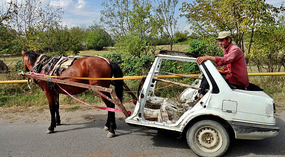
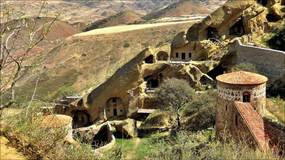
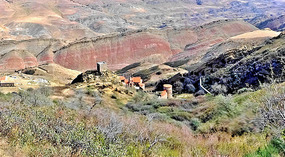
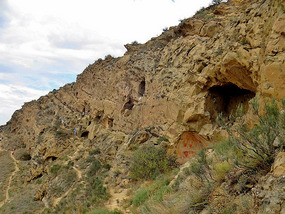
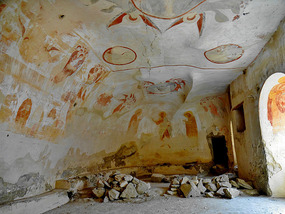
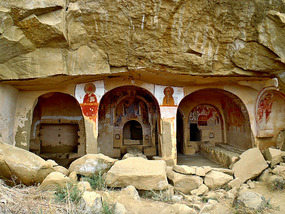
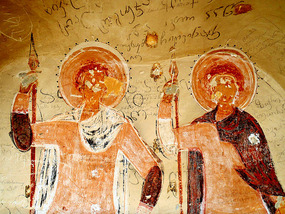

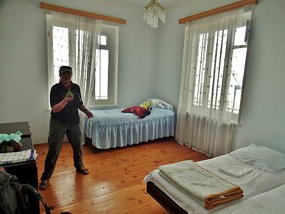
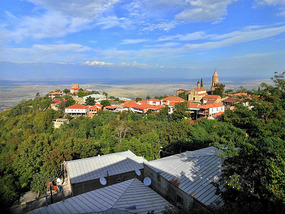


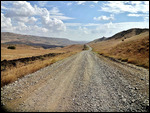

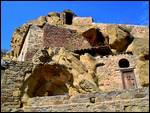

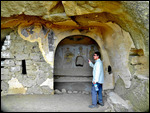
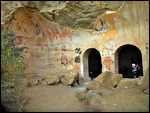
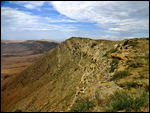


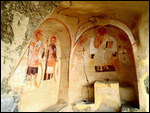
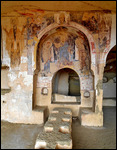




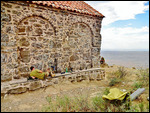
2025-05-23